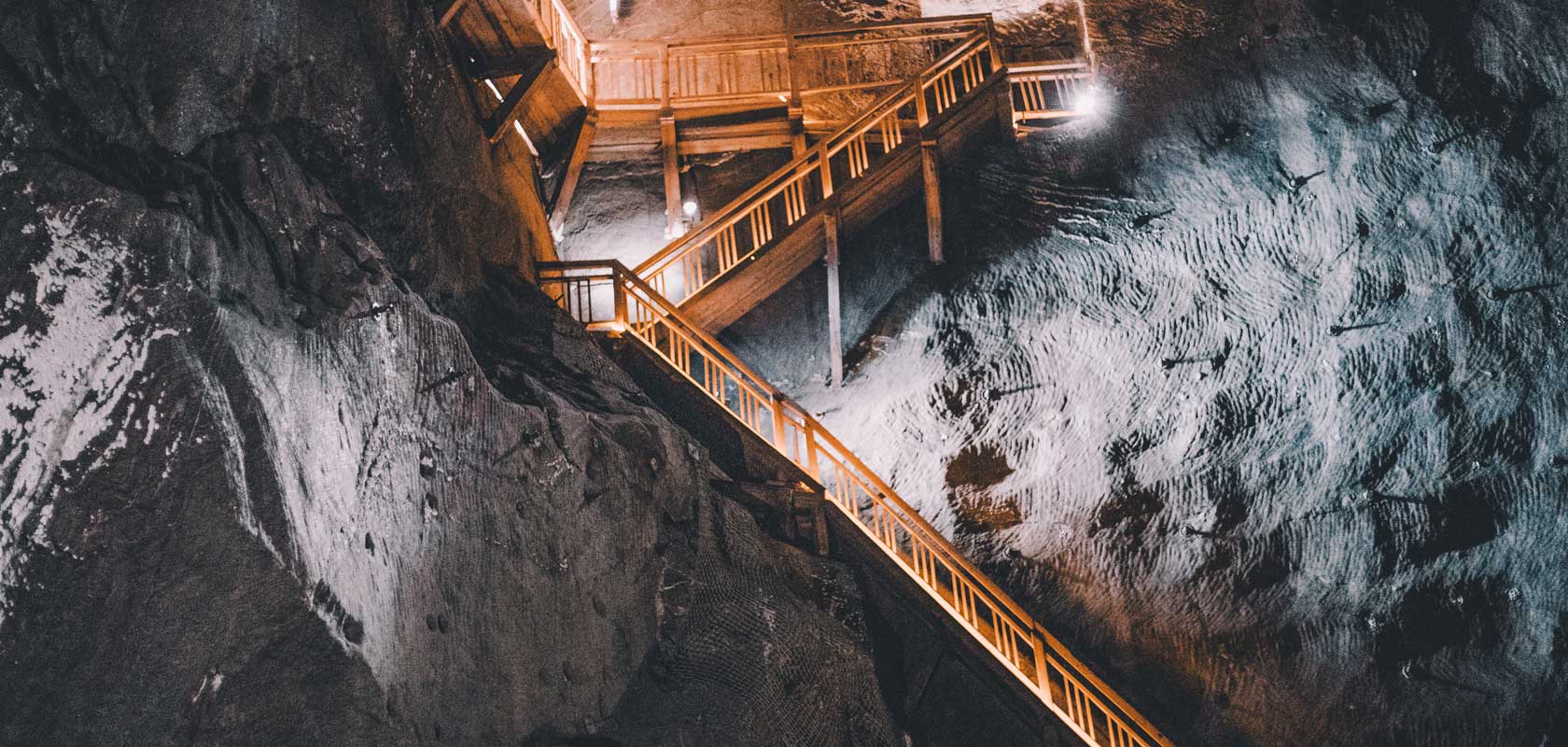
Escondida Mine
The Escondida Mine is owned and operated by Minera Escondida Limitada which has as its main shareholders BHP-Mining and RTZ. High grade copper ore is mined at 65,000 tonnes per day from an open pit, milled and floated to produce a copper concentrate. The mine is being expanded (1995) to increase production to 115,000 tpd. It is located at an elevation of 3,000 m in the Andes, 150 km southeast of Antofagasta, Chile. Water is a scarce commodity in this high desert area and recovered from a wellfield of limited capacity 45 km from the mine. Tailings disposal was initially discharged into a “salor” (closed drainage area) without need for embankments or containment structures. This ultimate tailings deposit, which will be the largest in the world (3 billion tons), is encroaching on the ultimate pit limits.
Re-development of the tailings impoundment was required to:
- Implement a system of water management and conservation which would reduce water losses and therefore water consumption from 1.2 tonnes of water per tonne or ore to 0.7 tons/ton or less;
- Develop a stable embankment structure between the tailings deposit and the open pit.
Dr. Robertson, working for SRK, was appointed to perform the investigations, designs, technical specifications and construction guidance for the work listed above. The necessary water management and water savings were achieved by dividing the tailings area into 13 long thin paddies. Sixty meter wide dykes were constructed, using equipment from the mine. Laboratory and field testing were performed to establish the best methods of advancing waste rock over the soft tailings, enabling the dykes to be maintained at low cost. A computer paddy construction was developed to allow the paddy construction sequence to be modelled ahead of the construction, with determination of rates of rise, dyke building volume requirement, water returns and water losses, thereby enabling the paddy system to be optimized.
Detailed designs were prepared for all structural elements of the project, including a 120 meter high embankment around the return water pond and 12 km underdrain to drain the tailings and reduce water pressures in the open pit slopes. Computer analyses were performed for the dynamic stability of the dykes and for the 120 meter high embankment, while seepage analyses were completed for the underdrain and a detailed water and construction mass balance completed through the life of the impoundment.
Site investigations included test piles and diamond drilling to investigate foundation condition in the salor soils, as well as identification of construction material and engineering properties through standard and specialized field testing to demonstrate the constructability of the impoundment system. Construction specifications were developed and construction supervision provided for the main structural element. On-going construction and optimization inspections were provided regularly along with a three year operating plan and operating manual prepared.
Services Provided
- Field investigations including test piles and diamond drilling, construction material identification, engineering properties determination, and specialized field testing to assess foundation conditions and constructability of the tailings impoundment
- Laboratory and field testing for assessment of best approach of dyke construction via waste rock advancement over soft tailings
- Modelling of paddy construction to optimize building volume requirement, water returns and water losses
- Preparation of detailed construction designs
- Seepage analyses
Clients
Minera Escondida Limitada
Related Services
Water Management
Tailings Dam Design
